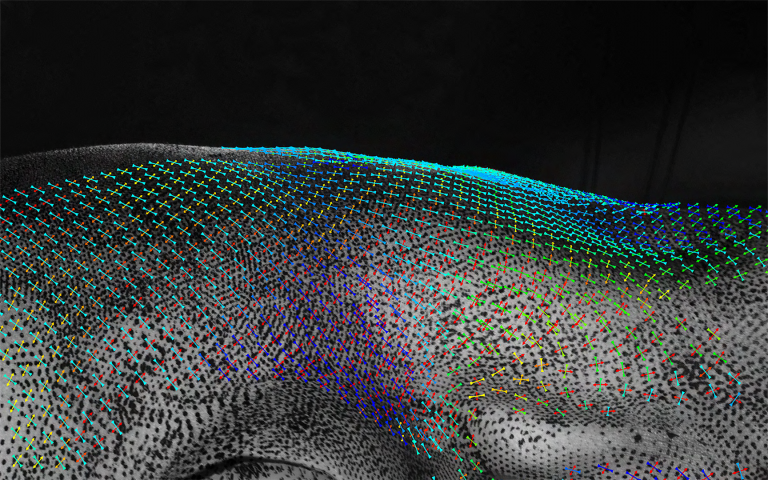 Research
Research

Subject
Microgravity-wear: quantifying parameters for improved astronaut-spacesuit multiscale performance
First and second supervisors
Abstract
Spacesuits are one of the most advanced exosystems, designed based on principles of systems engineering to sustain people in space by managing their inputs and outputs. Remarkably, many human factors, such as the astronaut-spacesuit dynamic fit, are not sufficiently understood or quantified. The ill-defined requirements result in suboptimal dynamic fit, which is tightly linked to injury risk and decreased performance of the wearable technology. With the increasing duration of manned missions, suits and wearables must meet the requirements for astronauts not only to survive, but also to provide optimal performance for prolonged living and working in microgravity environments.
The first objective of this research is to determine the degree to which objective microgravity-specific dynamic body envelope can be quantified through Digital Image Correlation strain analysis. The second objective is to demonstrate that the topology-induced force-extension behaviour of CNC weft-knitted textiles can be predicted and that the multiscale strain profiles of the body can be met through parametric CNC weft-knitting. This framework could be applied to different spacesuit components, such as the construction and manufacturing specifications of the thermal micrometeoroid garment and the liquid cooling and ventilation garment, as well as the integration of electronics, biosensors, artificial muscles, energy harvesters and pressure bladder restraints.
Biography
Anna Talvi has an interdisciplinary background in mathematics, design and garment technology. Her main research interests are in computer-aided design and manufacturing of exosystems and microgravity-specific biomechanics.
In the last three years, Talvi has given talks and lectures at the European Space Agency, Harvard University, the University of Toronto, the Architectural Association, the Design Museum, the Great Exhibition Road Festival and Design Indaba.
Funding
This research is supported by the Engineering and Physical Sciences Research Council (grant number EP/T517793/1); and the European Space Agency (ESA Contract No. 4000132665/20/NL/MH/ic).
Image: Anna Talvi
 Close
Close

